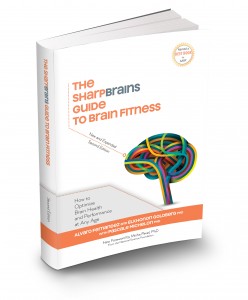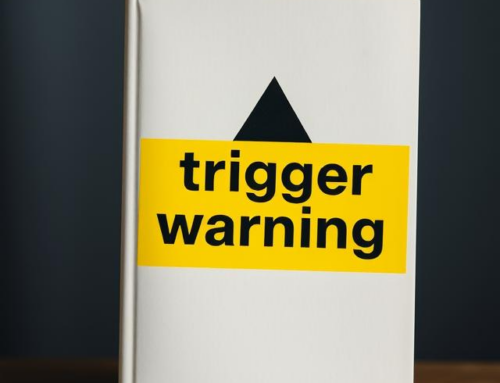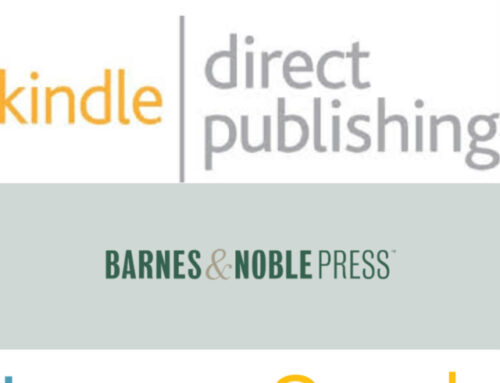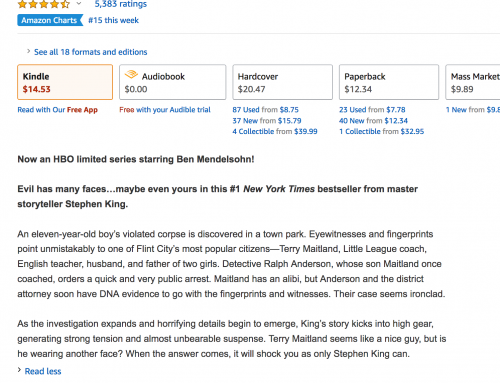 I’ve had three serious jolts to my head, all were life altering. Brain science is still a subject that needs a lot more study and investigation in my opinion. The brain goes through so many changes in a lifetime: car accidents, sports accidents, kids falling down hitting their heads, hormonal changes, diet, old age . . . it’s a wonder we survive all of this trauma. The big problem is that when these injuries occur, most people don’t realize any damage has been done. They just know that people suddenly are reacting differently to them, they can’t do math any longer, they lose control of their spending habits, engage in risky behavior, or they can’t perform as well as they were able to before.
I’ve had three serious jolts to my head, all were life altering. Brain science is still a subject that needs a lot more study and investigation in my opinion. The brain goes through so many changes in a lifetime: car accidents, sports accidents, kids falling down hitting their heads, hormonal changes, diet, old age . . . it’s a wonder we survive all of this trauma. The big problem is that when these injuries occur, most people don’t realize any damage has been done. They just know that people suddenly are reacting differently to them, they can’t do math any longer, they lose control of their spending habits, engage in risky behavior, or they can’t perform as well as they were able to before.
That is why this company is so important to all of us. They’ve been tracking brain health and neuroscience research since 2005. They’ve gathered a lot of information from the top scientists around the globe to make us more aware of how to take care of our minds—to make us wiser in how to change our brains and gain the specific function we have lost over the years.
The book is divided into nine chapters. Eight of the chapters include interviews from some of the top brain scientists from around the world. Over 100 brain researchers have contributed to this volume providing invaluable information on the subject.
In chapter one, “Start with the Brain in Mind,” the text goes into detail about how the brain functions with a focus on memory, attention, emotions, perception, motor skills, visual and spatial processing, and executive functions. The explanations give real-life examples, so that a person can easily relate to the different areas of function. Neurons are clearly explained, areas of the brain and functions, like memory, attention, etc., are lightly touched upon. Neuroplasticity is explained and how to improve learning capabilities.
In chapter two, “Be a Coach, not a Patient,” some of the advancements in brain health are brought to light. There is a breakdown of a survey taken about what the average person is most concerned with in their brain health. Various new studies are examined and explained, plus a few tips that are theorized to help cognition.
In chapter three, “Mens Sana In Corpore Sano,” physical exercise is examined in detail — new studies that show the benefits to the brain through exercise and how it can slow the progression of brain atrophy as we grow older.
In chapter four, “You Are What You Eat and Drink (Up to a Point),” as the chapter title reveals, there is much talk about diet and how it effects the brain. Further discussion is included on antioxidants, supplements, caffeine and alcohol, diabetes and smoking, and how obesity affects the brain. (We all better get on those diets now!)
In chapter five, “Oh, the Places You’ll Go,” different types of mental activity are mentioned and the importance of continuing to learn new information. Crossword puzzles are discussed and why they aren’t enough, and how they lose value over time. Another important subject is brought up: how to delay the onset of Alzheimer’s, and the importance of lifelong learning to buy more time. What education, board games, and playing cards have in common. And, a few video games are highlighted as helping various brain functions.
In chapter six, “Oh, the People You’ll Meet,” explains the importance of brain health and social relationships. The more social connections one has the healthier the brain is.
In chapter seven, “Manage Stress, Build Resilience,” There is good stress and bad stress. Chronic stress causes serious changes in the body chemicals and the brain. A section of lifestyle adjustments are suggested with highlights on the benefits of the various options listed. At the end of this chapter is a long section with many specialists explaining the effects of stress and the changes we can make to improve our brains and bodies.
In chapter eight, “Cross-train Your Brain,” Brain training is explained in detail and how to get the most from the training you choose, as well as brain training games, biofeedback, cognitive behavioral training, and a SharpBrains recommendation on the top brain training programs.
In chapter nine, “How to Be Your Own Brain Fitness Coach,” is a chapter to put everything in the book into a workable plan. There are personal stories explaining how various people can deal with improving their brains and life in general.
Overall, “The SmartBrains Guide to Brain Fitness” is full of valuable information. Whether you want to target a specific area in your life or whether you want to just tune-up the whole brain-body connection, this book has so much to offer. It takes complex principles and puts them in simple language that is easy to understand, and it offers a deep understanding of how our brains work, and what we can do to make it better—even as we age. This is a must-read for anyone concerned about their brain health.
I told someone that I would let them read this book when I am finished with it. I don’t want to let this go now. I think I’ll buy them a copy of their own.
Get an Editorial Review | Get Amazon Sales & Reviews | Get Edited | Get Beta Readers | Enter the SPR Book Awards | Other Marketing Services






















Leave A Comment